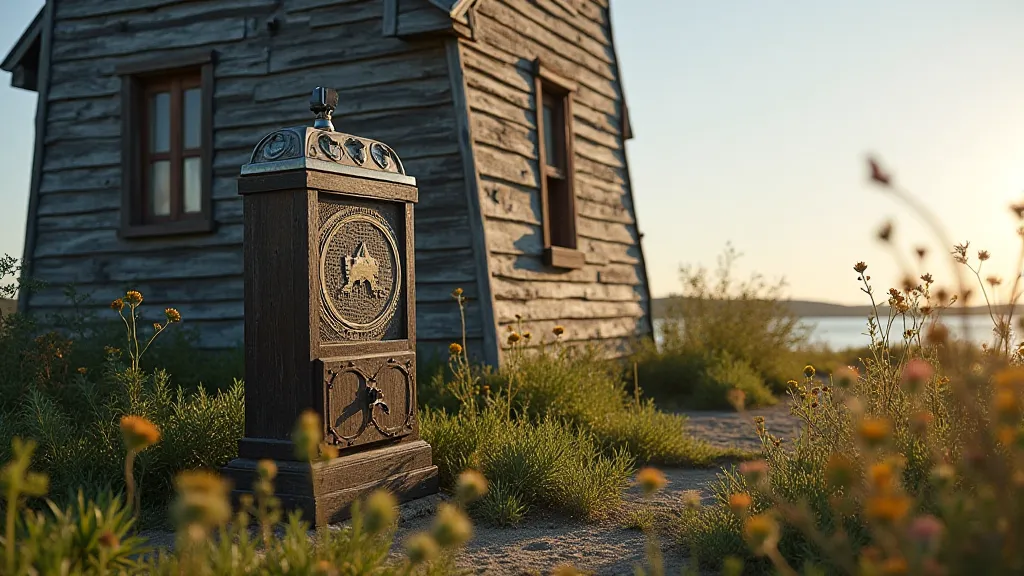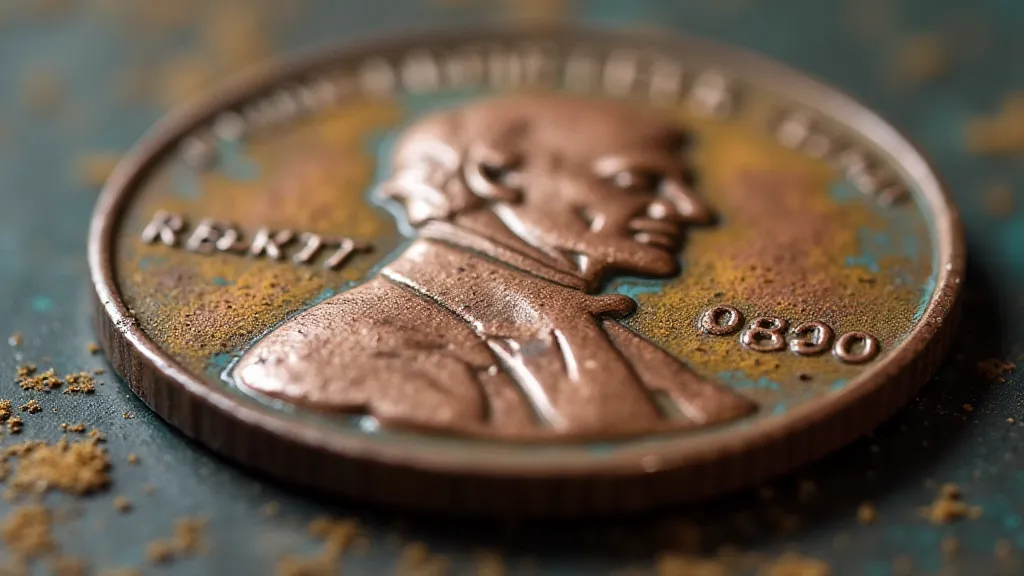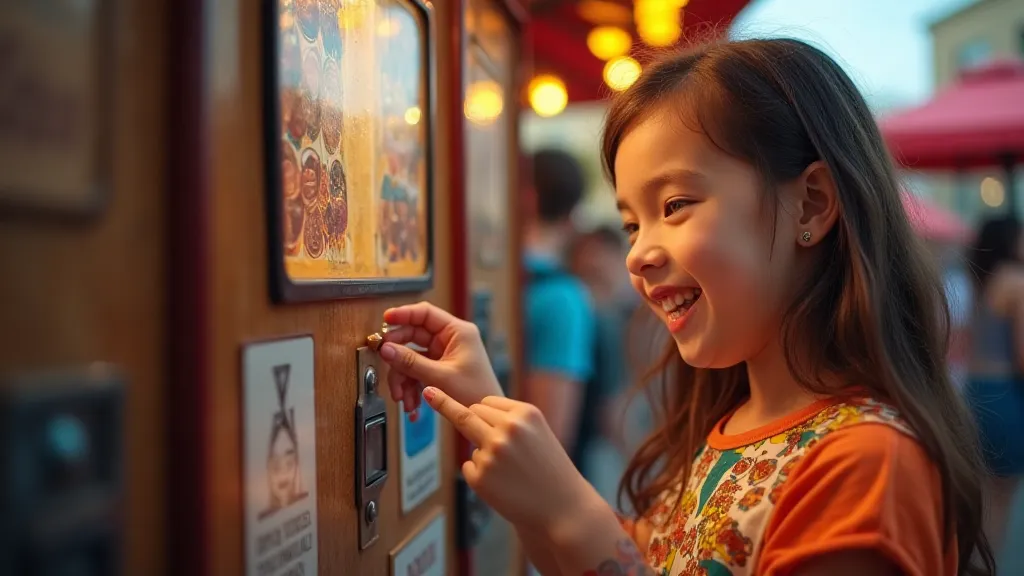Beyond the Machine: The Human Story Behind Pressed Penny Creation
Most pressed penny collectors focus on the gleaming results – the intricate designs, the satisfying *clunk* of the machine, the thrill of adding another piece to a growing collection. But rarely do we pause to consider the people behind the process, the individuals who maintain these mechanical marvels and imbue them with a silent, enduring presence in the landscapes of our memories. It’s a story interwoven with craftsmanship, nostalgia, and a surprising amount of dedication.
The history of pressed penny machines is itself a fascinating one. While rudimentary versions existed earlier, the Hibler & Chur Modern Coin Machines company truly popularized the concept in the 1950s and 1960s. Their machines, often found in tourist destinations and amusement parks, became iconic symbols of American leisure and a tangible memento of vacations long past. They represent a simpler time, a time when a few cents could buy a small piece of happiness, a little token of a special moment.
More Than Just Mechanics: The Custodians of Nostalgia
Today, the vast majority of pressed penny machines are still based on Hibler & Chur designs, though upgraded with modern technologies. But the essence of the operation remains the same: a skilled individual, the owner or operator, is responsible for keeping the machine functioning, stocked with pennies, and placed strategically to maximize its appeal. I recently had the opportunity to speak with several of these custodians of nostalgia. Let’s start with Agnes, who runs a machine at a historic lighthouse in Maine.

“It’s more than just inserting a penny and getting a souvenir,” Agnes told me, her voice raspy with years of salty air and countless customer interactions. “These machines, they’ve seen families grow up. I’ve watched children visit as toddlers, then teenagers, then adults bringing their own children. The penny becomes a little thread connecting generations.” Agnes inherited the machine from her father, who, in turn, had inherited it from *his* father. It’s a family legacy, a tangible link to their past and a contribution to the present.
Maintaining a pressed penny machine isn’t a purely mechanical task. It’s an exercise in problem-solving, a constant negotiation between mechanical precision and the unpredictable nature of human interaction. Coins get stuck, levers jam, and sometimes, people try to feed the machine things other than pennies! Agnes’s resourcefulness and good humor are as vital to the machine's operation as any wrench or lubricant. Think about the journey that penny might have taken you on - a whole adventure captured in a small, metal keepsake. For those really dedicated to the hobby, meticulously documenting those journeys and their accompanying pennies can be a rewarding experience, just as some collectors carefully document a collector’s constellation of memories and pennies.
The Craftsmanship Behind the Clunk
Speaking with Daniel, a machine repairman in Ohio, offered a deeper understanding of the intricate workings of these often-overlooked pieces of equipment. “People think it's just a simple machine,” he chuckled, “but there's a surprising amount of precision involved. The dies – the metal stamps that create the image – need to be perfectly aligned. The pressure needs to be just right. Too little, and the design is weak. Too much, and you damage the penny.”
Daniel spoke passionately about the meticulous process of creating replacement dies. It requires a skilled machinist and a deep understanding of metallurgy. “It’s an art form, really,” he said. “You have to work with the metal, feel its properties. It’s not something you can just learn from a manual.” He showed me a collection of dies he was restoring, each one bearing the faint ghost of a design long past. These aren’t simply mass-produced items; they are crafted with care and attention to detail. The stories each of these dies could tell – the countless pennies they’re responsible for! It makes one consider the entire history embedded in a single pressed penny, a tiny echo of a larger era. Exploring those fleeting moments and their representation in these small metal tokens can provide a fascinating look at deciphering the subtext of pressed penny designs.
The sounds of the pressed penny machine itself are strangely comforting. That rhythmic *clunk* is a familiar soundscape for many, instantly evoking memories of family vacations and childhood wonder. The sound isn’t random; it's the culmination of precisely engineered components working in harmony, a mechanical symphony played out in miniature.
Rarity and Value: Beyond the Design
While the immediate appeal of a pressed penny is its charming design, collectors understand that rarity plays a crucial role in determining value. Errors – misaligned dies, double strikes, or even pennies that are accidentally “squished” beyond recognition – are highly sought after. These aren't simply flaws; they are unique artifacts, testaments to the unpredictable nature of the process and the human element involved.

But the true value of a pressed penny often transcends its monetary worth. It’s the story behind it – who owned it, where it was pressed, what memory it represents – that truly makes it special. A penny pressed at the site of a significant historical event, or one that was given as a gift from a loved one, holds a value that can’t be measured in dollars and cents. It’s a tangible link to a specific time and place, a personalized memento of a cherished experience. Getting ready to embark on a pressed penny journey? Consider preparing for your pressed penny adventure.
The Enduring Appeal: More Than Just a Souvenir
The simplicity of the pressed penny contributes significantly to its timeless appeal. It's a relic of a less complicated age, a small token of a special moment in time. Unlike modern digital souvenirs, a pressed penny is something you can hold, a physical reminder of a journey or a memory. It's a connection to the past, a tangible link to a specific place and time. These small, metal discs offer a glimpse into a more leisurely pace of life, a time when a few cents could buy a small piece of happiness, a little token of a special moment. Consider how much history is held within these small, unassuming objects; the stories they hold, the memories they represent. Preserving these small pieces of the past can be an intensely personal and rewarding endeavor.
The Future of Pressed Penny Collecting
While the digital age has brought countless distractions, the allure of pressed penny collecting remains surprisingly strong. Perhaps it’s the tangible nature of the hobby, the satisfaction of holding a physical object that represents a memory. Or perhaps it's the connection to the past, the ability to hold a piece of history in your hand. Whatever the reason, the future of pressed penny collecting appears bright.
New designs are constantly being introduced, appealing to a new generation of collectors. Technology is also playing a role, with online forums and social media groups connecting collectors from around the world. But at its heart, the hobby remains the same: a celebration of memory, craftsmanship, and the enduring human desire to collect and preserve the small joys of life. And for those interested in exploring the broader context of these seemingly simple objects, reflecting on how they capture and preserve cultural moments can offer a unique perspective on beyond the souvenir: pressed pennies as tangible histories.

The next time you insert a penny into a pressed penny machine, take a moment to appreciate the people who make it possible: the machine owners, the repairmen, the die makers, and all the others who contribute to this unique and enduring tradition. Their dedication ensures that these machines, and the memories they create, continue to bring joy to generations to come. Beyond the clunk, beyond the design, lies a rich and human story – a story that deserves to be told and cherished. And who knows, perhaps your next pressed penny will spark a deeper appreciation for the artistry and history embedded within these small, metal tokens.





